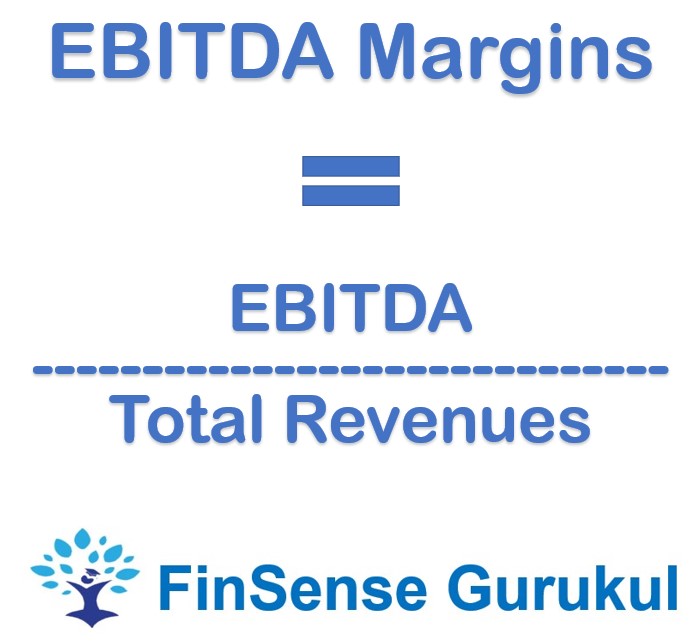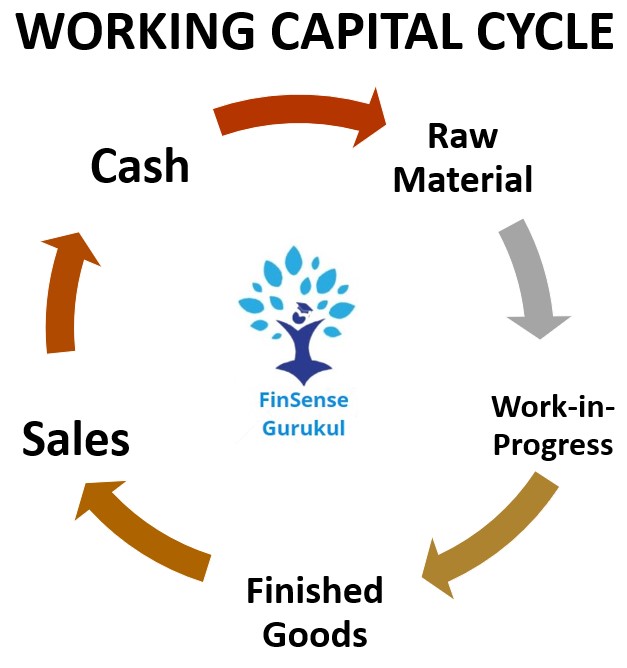
Thread: Price to Earnings Ratio
The price-to-earnings ratio or P/E is one of the most widely-used stock analysis tools used by investors and analysts for determining the stock valuation.
The price-to-earnings ratio or P/E is one of the most widely-used stock analysis tools used by investors and analysts for determining the stock valuation.
It is the ratio for valuing a company’s share market value with respect to the company’s earnings. Its calculated by dividing Market value per share (MPS) by Earnings per share (EPS)(MPS/EPS).
In addition to showing whether a company's stock price is overvalued or undervalued, the P/E can reveal how a stock's valuation compares to its industry group or benchmark like Nifty or Sensex.
It indicates a Rupee(₹) an investor is expected to invest in a company in order to receive one Rupee (₹) of that company’s earnings. That's why sometimes it also referred to as the price multiple because it shows how much investors are willing to pay per Rupee(₹) of earnings.
A high PE multiple means that the stock price is high relative to its earnings and investors are expecting higher earnings growth in the future.
A lower P/E ratio indicates that a company share price or valuation is low or undervalued with respect to its earnings. It's cheaper in general terms than high p/e shares.
There are two types of P/E Ratio -
Forward P/E- also known as the estimated price to earnings ratio, uses future earning guidance and is useful in comparing current earnings to future earnings Ceteris paribus. A company's future stock price is estimated on the forward PE ratio.
Forward P/E- also known as the estimated price to earnings ratio, uses future earning guidance and is useful in comparing current earnings to future earnings Ceteris paribus. A company's future stock price is estimated on the forward PE ratio.
Trailing P/E - It relies on the past performance of the company. It's the most accurate because it is calculated on reported earnings, not on future estimates. Here, Past performance doesn't signal the company future performance.
by @madhvendra_23
by @madhvendra_23
• • •
Missing some Tweet in this thread? You can try to
force a refresh





